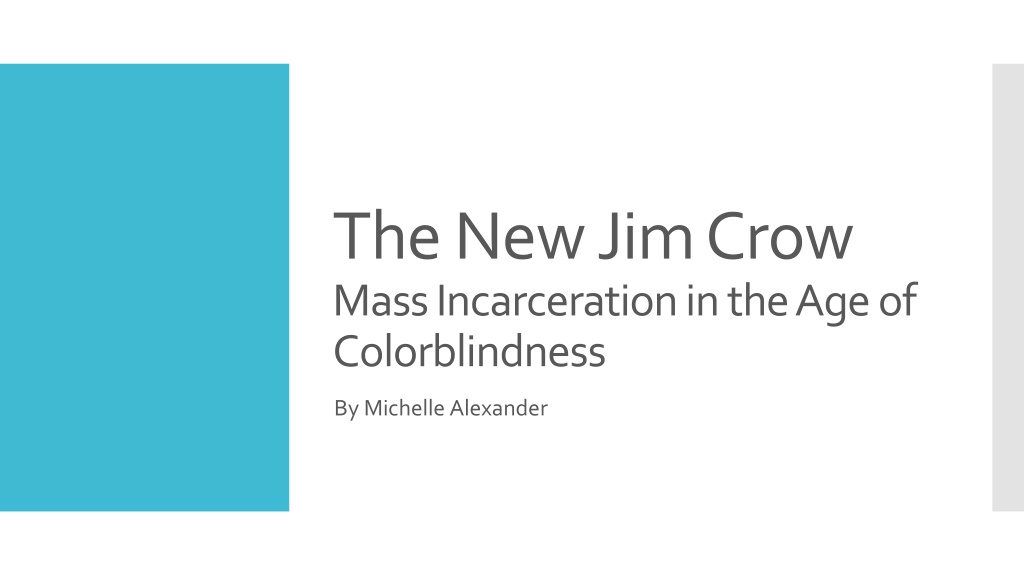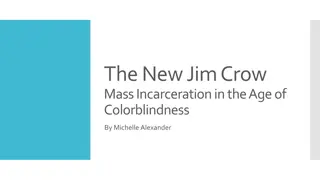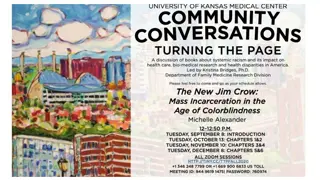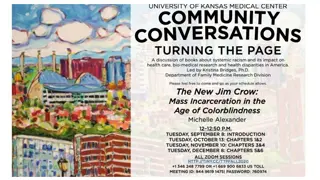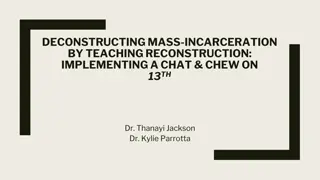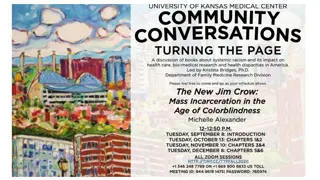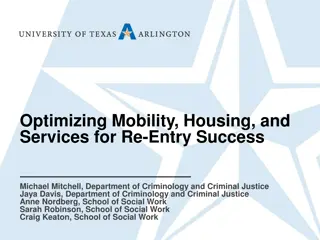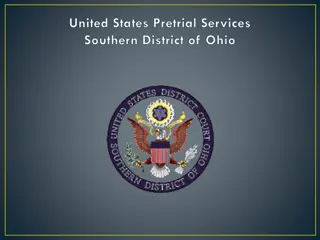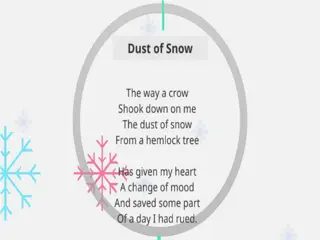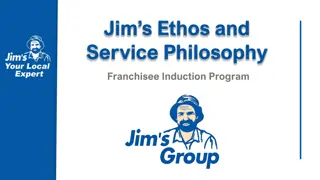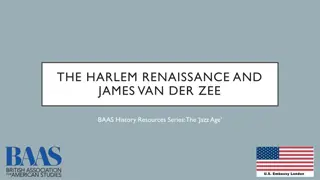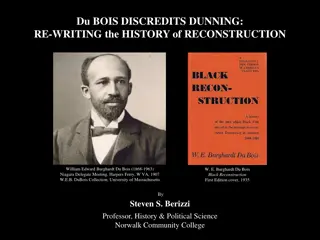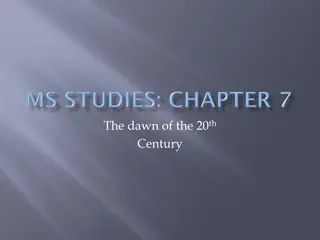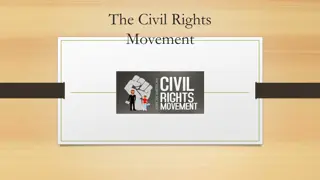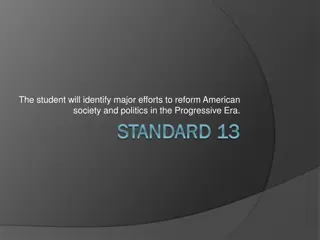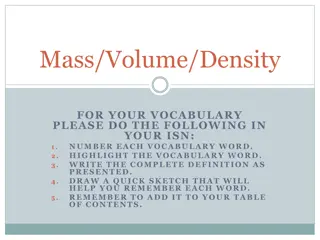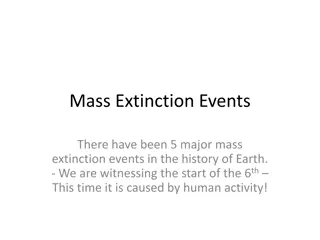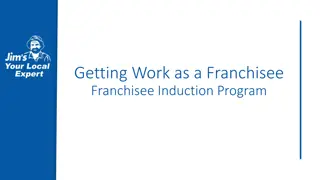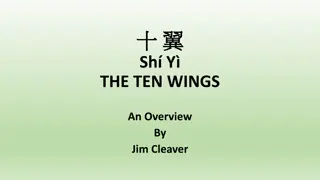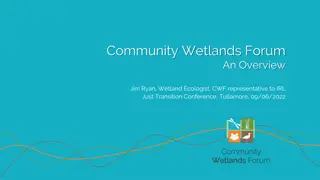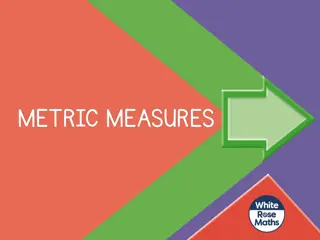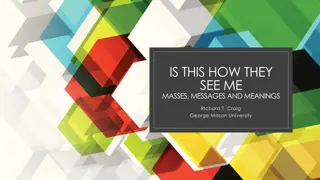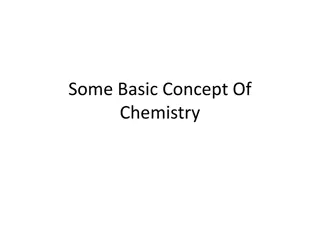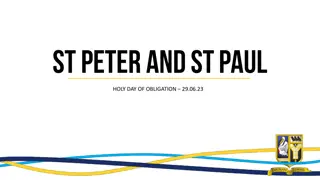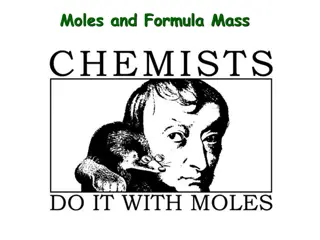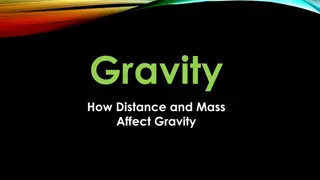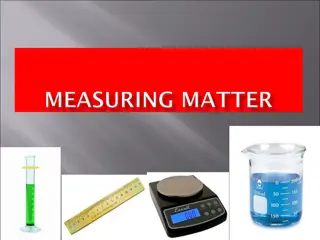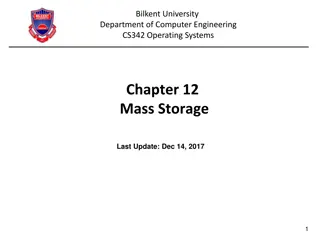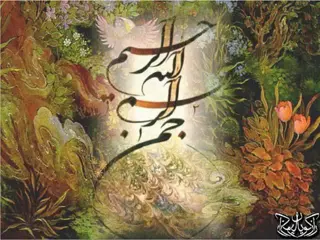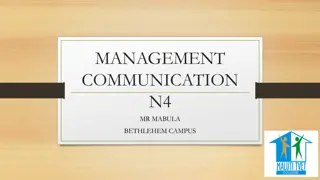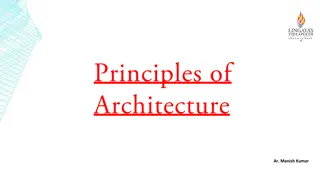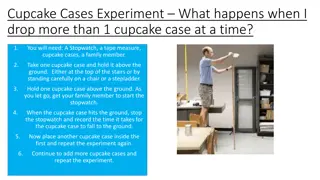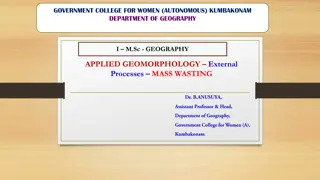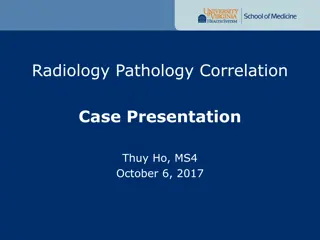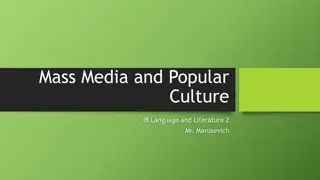The New Jim Crow: Mass Incarceration and Its Effects
The book "The New Jim Crow" by Michelle Alexander exposes the issues of mass incarceration in the era of colorblindness. It highlights the racial disparities in the criminal justice system, tracing the origins of this racial caste system from slavery to the modern-day prison-industrial complex. The timeline of events, societal impacts, and the cycle of re-entry oppression are discussed, shedding light on the challenges faced by marginalized communities. The absence of community and family support for ex-offenders, the stigma associated with criminal records, and the perpetuation of gangsta culture are also analyzed, revealing the structural inequalities and social injustices embedded in the system.
Download Presentation

Please find below an Image/Link to download the presentation.
The content on the website is provided AS IS for your information and personal use only. It may not be sold, licensed, or shared on other websites without obtaining consent from the author. Download presentation by click this link. If you encounter any issues during the download, it is possible that the publisher has removed the file from their server.
E N D
Presentation Transcript
The New Jim Crow Mass Incarceration in the Age of Colorblindness By Michelle Alexander
US Bureau of Justice Statistics
Slavery Racial Caste Systems Jim Crow Mass Incarceration
Racial Disparity
Begins early 80s, in majority communities of color, prior to the rise of crack cocaine Occurs just after the collapse of blue-collar factory jobs in inner cities in the 1970 The War of Drugs Actual crime rise due to unemployment, met with media campaigns of drugs and crime and a surge of resources into law enforcement and punitive policies, rather than resources for education, job training, and public transportation
A recently freed criminal today has few more rights than a black person at the height of Jim Crow laws. Returned to prison for minor offenses (unemployment) Discrimination in job and loan applications, licenses, voting and welfare benefits, children taken if no housing Pleading guilty to minor drug offenses is often socially determined, judges not required to explain forfeiture of rights Permanent second-class status Re-entry oppression Informal economy and illegal economy System seems designed to increase crime
Community and family support under slavery and Jim Crow, absent for criminals Shame and Stigma Feel like social exile, internalized shame and feeling like the debt to society is never paid Silence and shame of family members, distance from criminal
Gangsta culture Owning the stereotype as a form of coping Modern day minstrel show intended for white audience demonstrating the worst stereotypes as in the time of slavery Fame gives a sense of power and control The Minstrel Show
Black leaders advising black men to take responsibility and be better fathers, without acknowledging mass incarceration White Americans knowing and not knowing at the same time. Nothing in all the world is more dangerous than sincere ignorance and conscientious stupidity Dr. Martin Luther King Jr. Silence and colorblindness The lack of overt racism allows many, even POC to support tough of crime: policies The colorblind illusion that young, black, urban youth have the same choices and opportunities available to them as white youth, perpetuate the notion of moral inferiority.
Current system cannot be tweaked or improved Prison Economy millions of jobs, rural white communities, major corporations Take a hard look at society s denial of the dangers of colorblindness acknowledge the structure that keep the racial caste system in place. Fixing the system Recognize that the justifications of mass incarceration as a way to control crime are false, and that the system actually creates crime When we recognize each others humanity, we understand the core need for equal human rights
Discussion Questions (groups of 3-4 people) 1. How might the social silence around incarceration affect a movement for change? What factors does Alexander feel have caused Americans to deny the fact of mass incarceration of people of color? In what ways might a movement for change want to address them? 2. Do you agree that that colorblindness is part of the problem? If so, how can this be addressed? 3. How do we engage people in promoting change whose interests are not so immediately involved in dismantling the system of mass incarceration? 4. In what ways may we in health care help those who have been incarcerated reintegrate into our communities?
